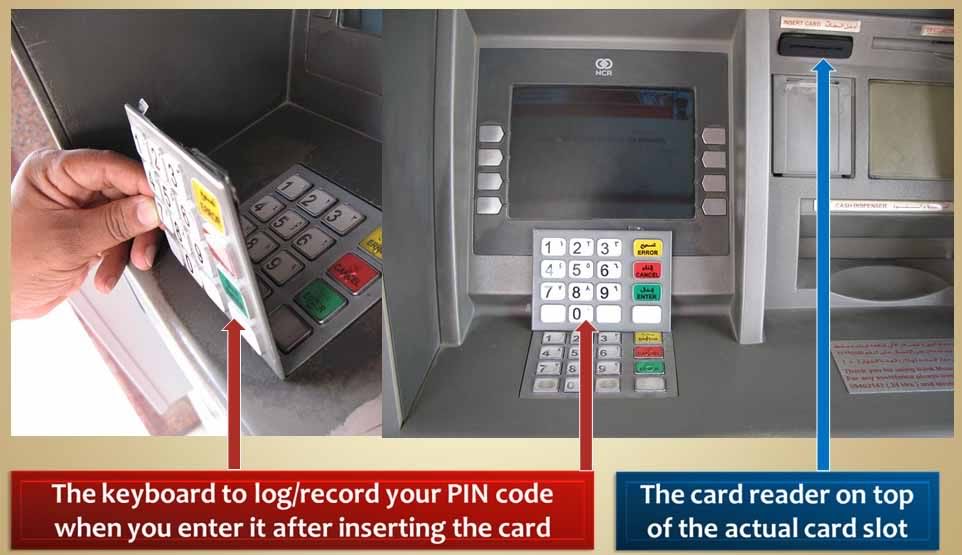Wikipedia’s definition of skimming refers to a form of white-collar, a slang term that refers to taking cash “off the top” of the daily receipts of a business (or from any cash transaction involving a third interested party); the formal legal term is defalcation. Last fall, two brothers from Bulgaria were charged in U.S. federal court in New York with using stolen bank account information to defraud two banks of more than $1 million.
While you may have often heard of identify theft and credit card fraud, many people are still unaware of debit card skimming. It is much more dangerous as the theft involves stealing cash directly from checking and cash advance accounts.
I fell a victim of debt card skimming fraud during my recent visit to South America. I used an ATM machine at the Sao Paulo international airport to withdraw Brazilian Reals to use for taxi, meals and miscellaneous. A week later, when I returned to another ATM, I realized that I did not have any money in my checking account. After logging in to internet banking, I saw that there were multiple cash withdrawals from my account, all duplicate of my original transaction. Obviously, I was horrified and informed my bank in Atlanta immediately.
What happened to me is reported by FBI as “ATM skimming”—basically placing an electronic device on an ATM that scoops information from a bank card’s magnetic strip whenever a customer uses the machine. A tiny hidden camera captures your personal pin. The culprits create an identical ATM card and use it to withdraw cash within a matter of hours, while you still have the possession of your original card with you.
ATM skimming is a growing criminal activity that some experts believe costs U.S. banks hundreds of millions of dollars annually. Skimming is even more prevalent in other countries. Over Rs. 30 crore (approx USD 5 million) were skimmed off from Indian credit card users during 2 months earlier this year.
You can fall a victim to skimming in the US too! When you use your ATM card at the gas pump, grocery store, or anywhere else you use a pin pad, you are effectively at risk! If you want to protect yourself completely, don’t use ATM cards at all. Use only a credit card for transactions and withdraw money directly from your bank. However, that may not be convenient especially when you are traveling.
Here are some precautions you can take to avoid skimming if you use an ATM card:
- Check the machine and look for red flags or anything out of place. If your card sticks, the configurations on the ATM looks odd, there are loose wires, or two-sided tape, do not use the machine.
- Avoid using ATM cards at gas stations, newspaper stands, tourist areas and small kiosks. When possible, use the ATM machine located inside a bank. As I found out, event international airports are not safe.
- Cover the PIN pad with your hand while entering your number to block cameras that can capture a PIN.
- When traveling, set up alerts with your financial institution so that you receive daily balance summaries daily by text or email. This will help you catch the crime before it goes out of hand. As in my case, I only found out about it once my entire checking account was wiped clean!
